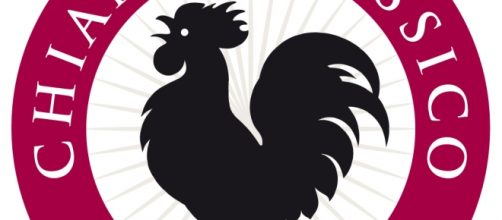When Italian wines were yet to become trendy in the UK, he was already there. When Proseccoand Verdicchio were still far from being known to the international public, his characteristic (and quite kitsch) squat bottle enclosed in straws had already become a global brand. We are obviously referring to Chianti, the landmark Italian red wine, this year celebrating his 300th anniversary.
For a long time, indeed, Chianti has been thought of as a rather blunt table wine. Time passes, however, and the reputation of this red wine bearing tones of cherry, plum and almonds has changed.
In the last decades, indeed, wineries in the Chianti region have transformed it into a definitely more sophisticated product: “Only wines produced in a specific region of Tuscany and meeting strict requirements can now be labelled under the Chianti Classico DOCG denomination and show the traditional black rooster seal on the bottle neck” points out Mary Ewing-Mulligan, co-author of Winesfor Dummies. “First of all, at least of 80% of the wine must originate from Sangiovese. Other red grapes of the area can be used up to maximum 20%. These vines include natives like Canaiolo and Colorino or “international” varieties like Cabernet Sauvignon and Merlot”. Most of all, production of Chianti Classico DOCG must take place in a small hilly area within the Chianti region that was officially designated for wine production by the Great-duke Cosimo III De Medici in 1716: that is why Chianti (Classico) is celebrating his 300th birthday!
There is a curious legend behind the black rooster seal on the Chianti Classico bottles: in the 13th century, the municipalities of Florence and Siena decided to resolve a dispute over the division of the territory of Chianti between the two cities in an extremely original way: a knight from Florence and a knight from Siena would leave their respective city at dawn, once that the first local rooster had crowed, and the point at which the knights met would become the official border. While the Sienese chose a white rooster, the Florentines chose a black rooster and locked it in a dark room without food for many days. At dawn, the hungry black rooster was released and started to crow immediately; thus, the Florentine knight was able to start his race much earlier than the opponent and the two met close to the border of Siena, leading to a much greater share of the Chianti territory assigned to Florence.
Since then the black rooster has become the symbol of Chianti.
All major producers of Chianti Classico belong to the Consorzio Chianti Classico, an association that promotes Chianti Classico and monitors global sales: “In 2016, Chianti Classico will sell over 37.5 million bottles, 80% of which exported” says Sergio Zingarelli, the Chairman of the Consorzio (and owner of the famous Rocca delle Macìe winery). “In 2015, there was a 8% growth in sales, owing to export and to a good recovery in the domestic market. The Chianti Classico has a market penetration in over 70 countries, especially in the traditional markets: North America, Europe and some Asian markets”.
The current formula of Chianti was substantially introduced in 1872 by Bettino Ricasoli, the famous Tuscan Prime Minister, after retirement to his estate in Brolio.
It took over 30 years of research for Ricasoli to devise the final recipe.
In 2015, a winery located in the Sienese Hills, Casabianca, started sales of a “vegan” Chianti, where no animal-derived products are used to filter the wine: “There is a huge interest in the UK, this is the first time the needs of vegans are really taken care of by the wine industry” says Casabianca's commercial manager, Lorenzo Laschetti.
Should the vegan Chianti deemed a noble endeavour or, on the opposite, an heretic act, considering that Chianti is the natural, perfect and predestined match for a juicy Florentine steak...? Libiamo!

